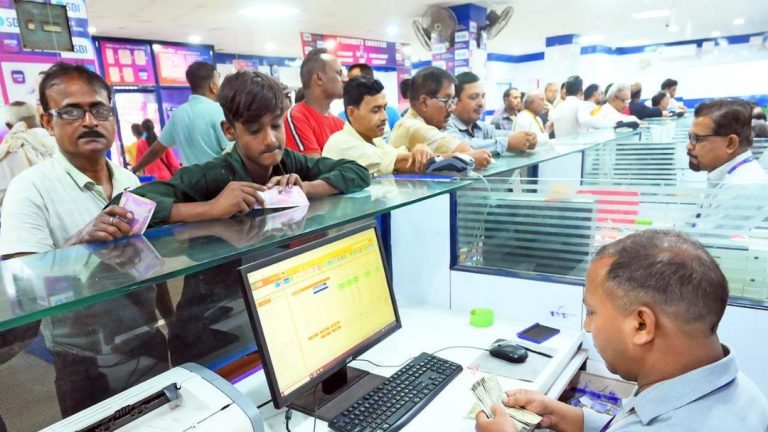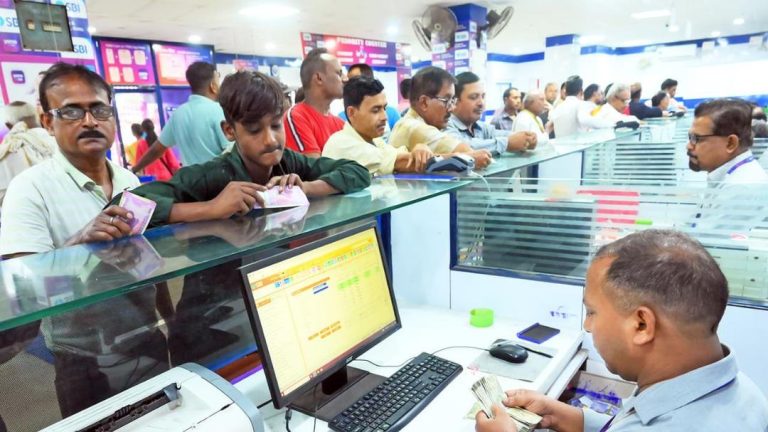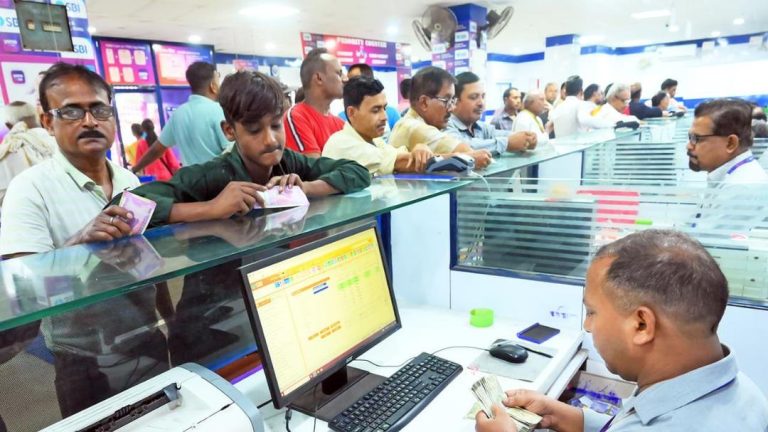
Why has the Nifty index remained flat for an entire year?
The Indian stock market has been on a rollercoaster ride for quite some time now, with the Nifty 50 index struggling to make significant gains despite strong earnings from major firms. The year 2022 has been particularly unkind to investors, with the index remaining nearly unchanged over the past 12 months. So, what’s behind this lack of momentum in the Indian equity market?
In this blog post, we’ll delve into some of the key factors that have contributed to the Nifty index’s flat performance. We’ll also explore what investors can expect in the coming months and how they can navigate these uncertain times.
Weak global cues
One of the primary reasons for the Nifty index’s flat performance is the weak global cues. Global economies are still reeling from the effects of the COVID-19 pandemic, and the ongoing trade tensions between the US and China have added to the uncertainty. The US Fed’s decision to keep interest rates low has also had a negative impact on Indian equities.
The US is India’s largest trading partner, and any disruptions in trade can have a significant impact on the Indian economy. The ongoing tariff threats from the US have added to the uncertainty, making investors cautious about putting their money in the market.
Subdued investor sentiment
Another factor that has contributed to the Nifty index’s flat performance is subdued investor sentiment. Investors are increasingly risk-averse, and the uncertainty surrounding the global economy has made them cautious about putting their money in the market.
The Indian government’s efforts to stimulate the economy through fiscal measures have also had a limited impact on investor sentiment. While the government’s measures have helped to boost economic growth, they have not been enough to offset the negative impact of the global slowdown.
Rupee’s decline
The rupee’s decline to a five-month low has also added to the uncertainty in the market. A weak rupee can make imports more expensive, which can have a negative impact on the economy. It can also make it more difficult for companies to service their foreign debt, which can lead to a credit crisis.
The rupee’s decline has been attributed to a number of factors, including the widening trade deficit and the decline in foreign institutional investment (FII) flows. The rupee’s weakness has also made it more difficult for the Reserve Bank of India (RBI) to reduce interest rates, which can further dampen investor sentiment.
What investors can expect
So, what can investors expect in the coming months? While it’s difficult to predict the future, there are a few trends that investors should keep an eye on.
Firstly, investors should expect the Nifty index to continue its flat performance in the short term. The global economy is still recovering from the effects of the pandemic, and the ongoing trade tensions between the US and China are unlikely to abate anytime soon.
Secondly, investors should expect the RBI to maintain a cautious approach to monetary policy. The RBI has already cut interest rates several times this year, but it’s unlikely to do so again unless the economy shows signs of significant improvement.
Finally, investors should expect the government to continue its efforts to stimulate the economy through fiscal measures. While these measures have had a limited impact on investor sentiment, they are still an important part of the government’s economic strategy.
Conclusion
In conclusion, the Nifty index’s flat performance over the past year can be attributed to a number of factors, including weak global cues, subdued investor sentiment, and the rupee’s decline. While it’s difficult to predict the future, investors should expect the Nifty index to continue its flat performance in the short term.
However, investors should also keep an eye on the trends that are likely to shape the market in the coming months. By staying informed and adapting to changing market conditions, investors can navigate these uncertain times and make the most of their investments.
News Source: https://youtu.be/B1QNkhvP1w8





